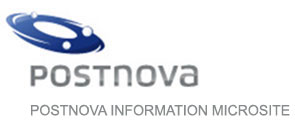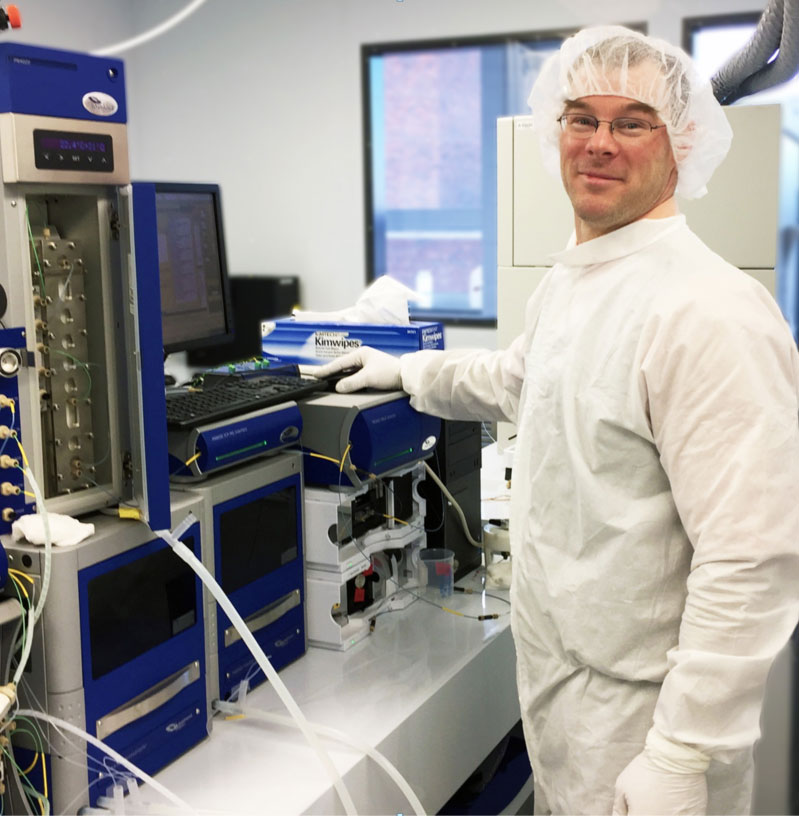Postnova Information
Thank you for visiting our information microsite. To download full details of this item, click on the button below.
Webinar:
Separation and Analysis of Nano Geochemical Systems
Postnova Analytics has posted a new on-demand webinar introducing how advanced analytical techniques are impacting the field of nanogeochemistry.
The webinar discusses the advanced analytical approaches that are used to apply Asymmetric Flow Field-Flow Fractionation with online UV-Visible and ICP-MS detectors to nano-geochemical systems in the SWAMP (Soils, Water, Air, Manures, and Plants) laboratory, at the University of Alberta, Canada (https://swamp.ualberta.ca/).
The application of AF4-UV-ICPMS to nano-geochemical systems in water, soils and aquatic ecotoxicology is discussed. Nano-geochemical systems are composed of the interacting nanoscale particles (ca. 1–100 nm), which form the basis of geochemical systems. These particles and particle systems govern the transport and distribution of natural and anthropogenic metals, pollutants, and nutrients in aquatic environments, and play important roles controlling mineral formation, transformations/stability, and geochemical reactions. Yet, our understanding of relationships between the properties and functioning of the nano-geochemical environment is limited by the lack of appropriate analytical techniques for its non-destructive separation and analysis.
Interest in the production and measurement of engineered nanomaterials has led to advances in analytical methods such as field-flow fractionation and ICP-MS, which are capable of separating and characterizing nanoparticle systems at the mesoscale (groups of particles with similar properties), and at the nanoscale (individual particles). These technologies are thus now available for application to nano-geochemical systems; however, additional analytical methods must first be developed and standardized to allow the collection, storage and measurement of these particles and particle systems under conditions that are comparable across studies, and either minimize disruption to their natural condition or permit accurate extrapolation to their behaviour and properties under in-situ conditions.

